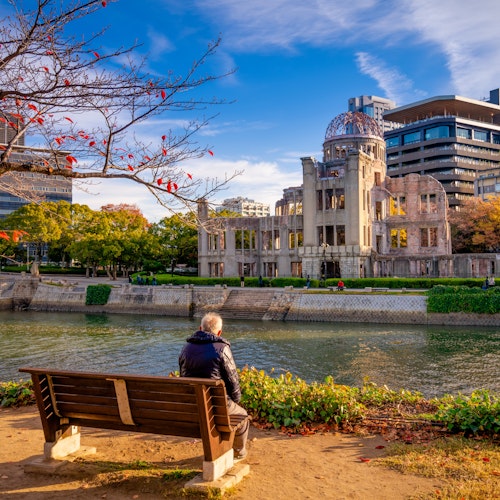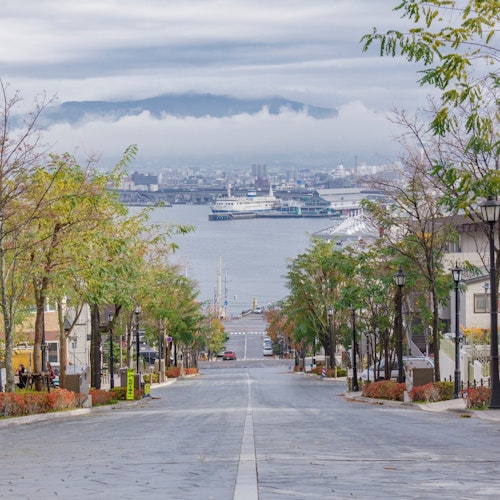
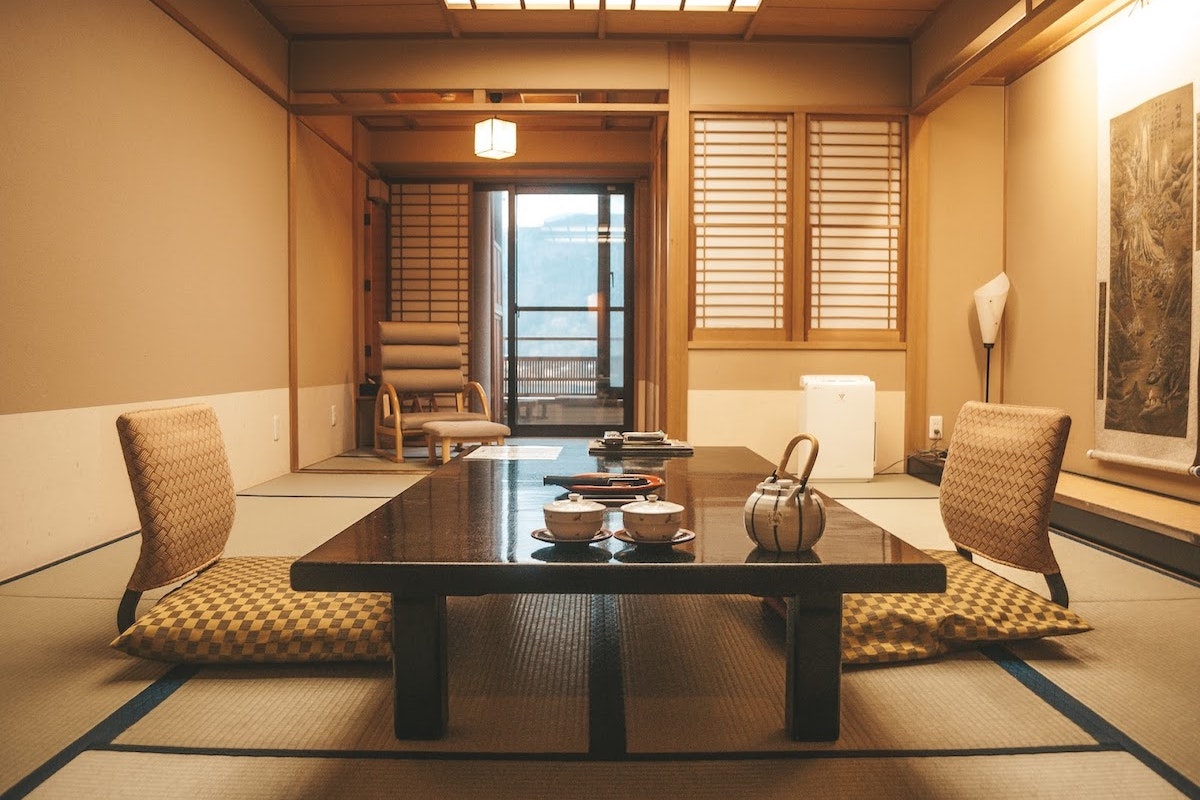
Have you ever dreamed of experiencing authentic Japanese hospitality right in the bustling heart of Tokyo?
Tokyo isn't exactly the first place that springs to mind when you imagine peaceful stays at a traditional Japanese inn, known as a ryokan. Most people picture ryokans nestled away in the countryside or tucked into quiet, mountainous regions—far from the neon lights and crowds of Japan's dynamic capital city. But let me tell you, you absolutely can have that authentic, traditional experience right here in Tokyo.
A ryokan isn't your standard hotel experience—it's a step back into Japan’s rich history and tradition. Originating in the Edo period, ryokans provided travelers with rest and relaxation along the ancient highways of Japan.
From tatami rooms with sliding shoji doors to futons rolled out on the floor for sleeping, ryokans preserve a simpler, slower pace of life that many travelers deeply appreciate. They usually offer communal baths, delicious traditional meals, and attentive personal service.
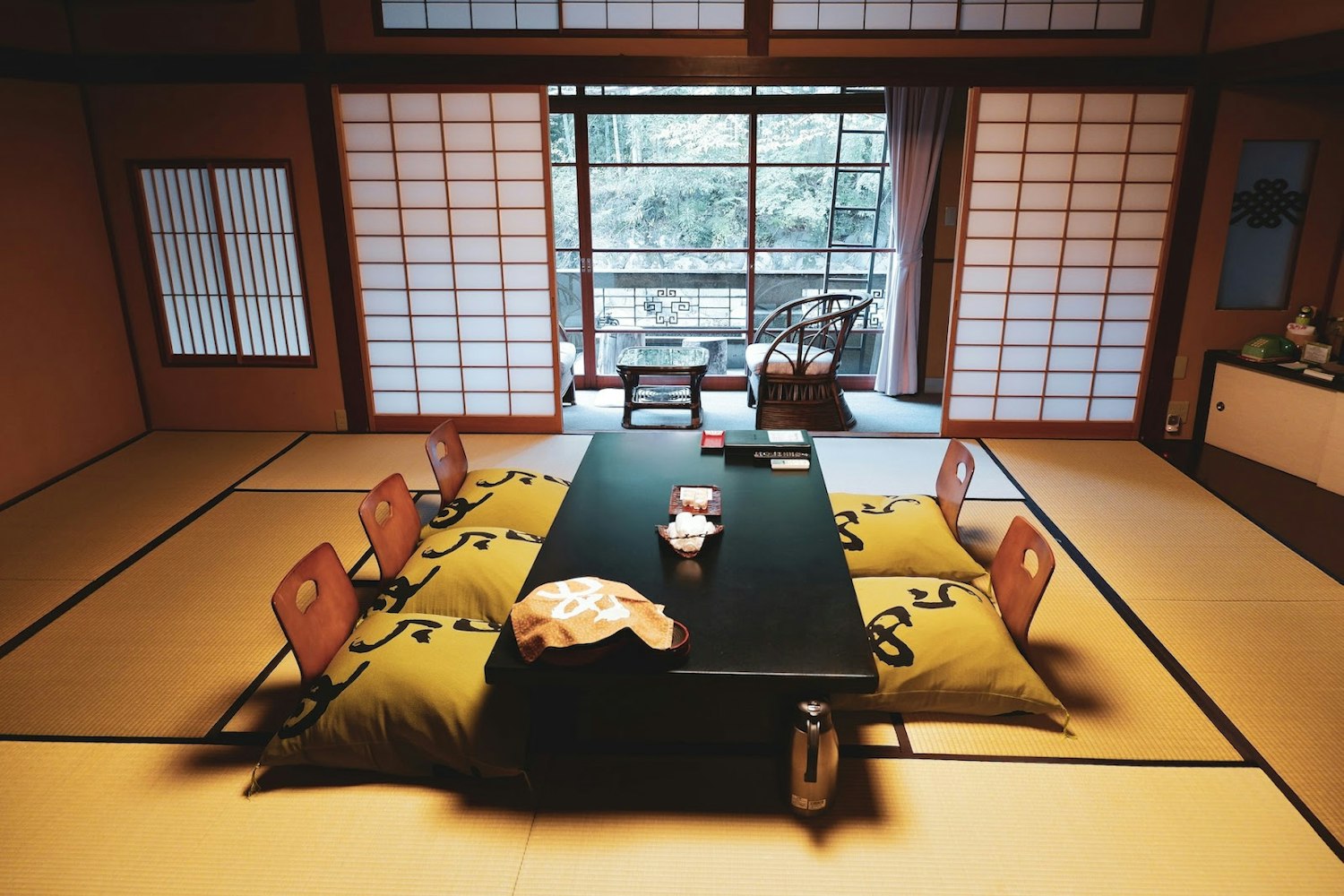
Many customers I've talked to are surprised when I mention they can stay in genuine ryokans right in Tokyo. They typically expect ryokans to be in places like Kyoto or Hakone, famous for hot springs and historical architecture. While it's true these spots have incredible ryokan experiences, Tokyo has several hidden gems that provide equally captivating stays—right in the city's lively neighborhoods.
For instance, Hoshinoya Tokyo stands out for how it combines traditional ryokan aesthetics with contemporary comfort. If you're curious how modern city ryokans retain their authenticity, there's a really insightful write-up by Stayfolio that highlights the blend of tradition and modernity in urban ryokans.
The big advantage here is that you don’t have to sacrifice convenience to immerse yourself in traditional Japanese culture. Imagine stepping from the busy Tokyo streets into the calming atmosphere of tatami mats and softly lit lanterns, being greeted by staff wearing traditional kimono, and savoring a beautifully presented multi-course kaiseki meal—all within minutes of Tokyo's famous attractions.
When I discuss options with my customers planning their first trip, many mention the desire to blend traditional Japanese experiences with the excitement of Tokyo. This is exactly why choosing a ryokan stay here is a perfect match. After all, who wouldn't love the ease of exploring iconic spots like Shibuya or Akihabara during the day, and returning to a serene, traditional inn for a relaxing evening?
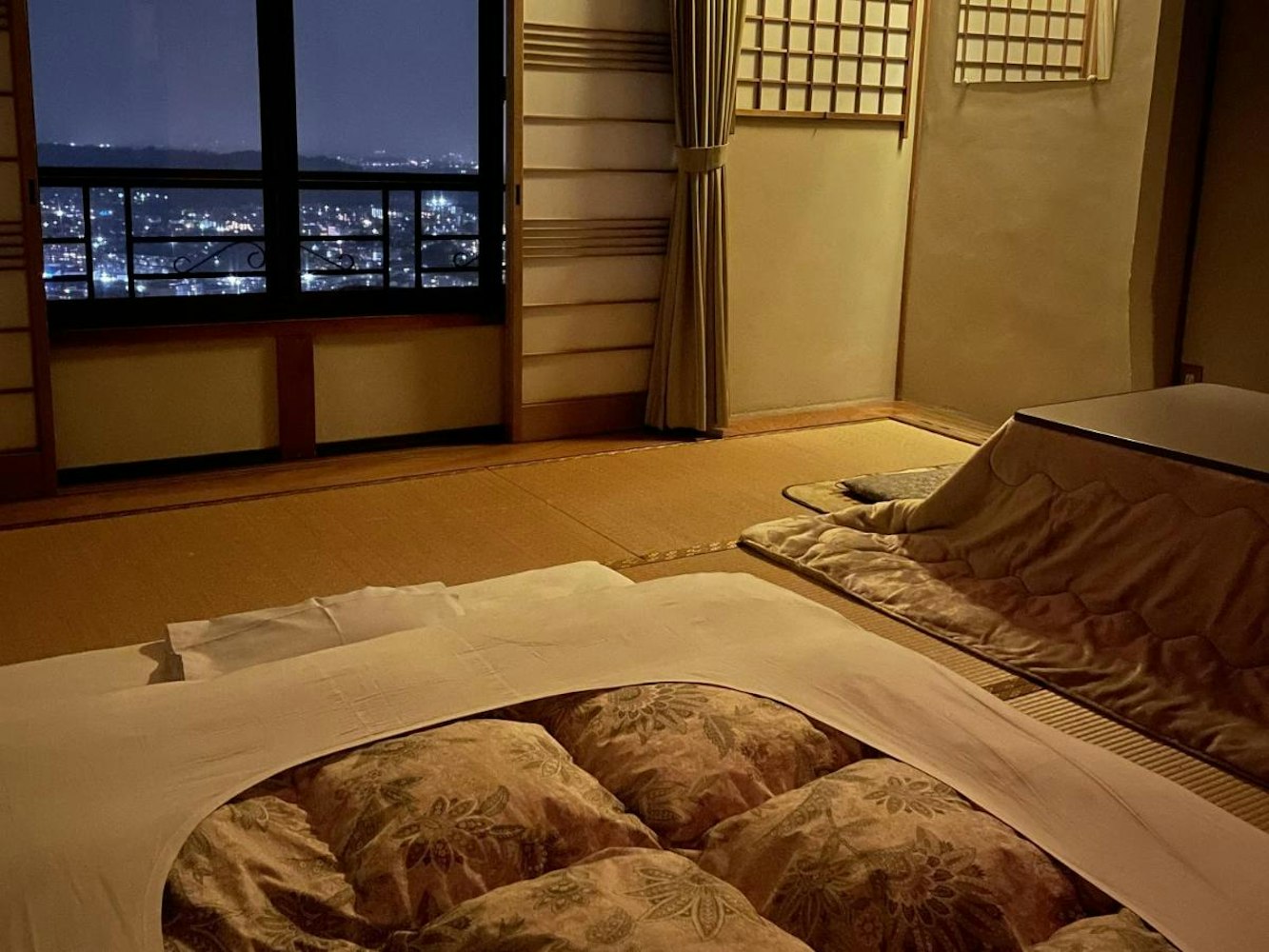
A stay at a ryokan in Tokyo typically includes traditional amenities like yukata robes, which you can wear throughout your stay—even at dinner. Meals usually feature kaiseki cuisine, meticulously prepared dishes that represent seasonal ingredients and flavors of Japan. Many ryokans also offer communal baths, known as onsen, which are perfect after a long day exploring the city.
If you're unfamiliar with the customs surrounding communal baths, I always suggest checking out Wikipedia’s comprehensive overview of Japanese onsen etiquette that can help you understand exactly how to enjoy these communal baths respectfully.
Absolutely! In fact, I've helped families plan trips specifically designed around experiencing ryokan hospitality. It’s a wonderful opportunity for kids to learn firsthand about Japanese customs and etiquette in a comfortable, family-friendly environment. For instance, we've got a specially curated family-friendly trip to Tokyo that perfectly complements the traditional ryokan experience, balancing both cultural immersion and kid-friendly activities.
Many of my customers prefer to include a ryokan stay within broader travel plans around Japan. For example, pairing a Tokyo ryokan experience with trips to Hakone, Kyoto, or even farther north to Hokkaido can make your vacation both culturally rich and deeply relaxing. We've even published an article detailing how to travel conveniently from Tokyo to Hokkaido, ideal for anyone considering extending their journey northward.
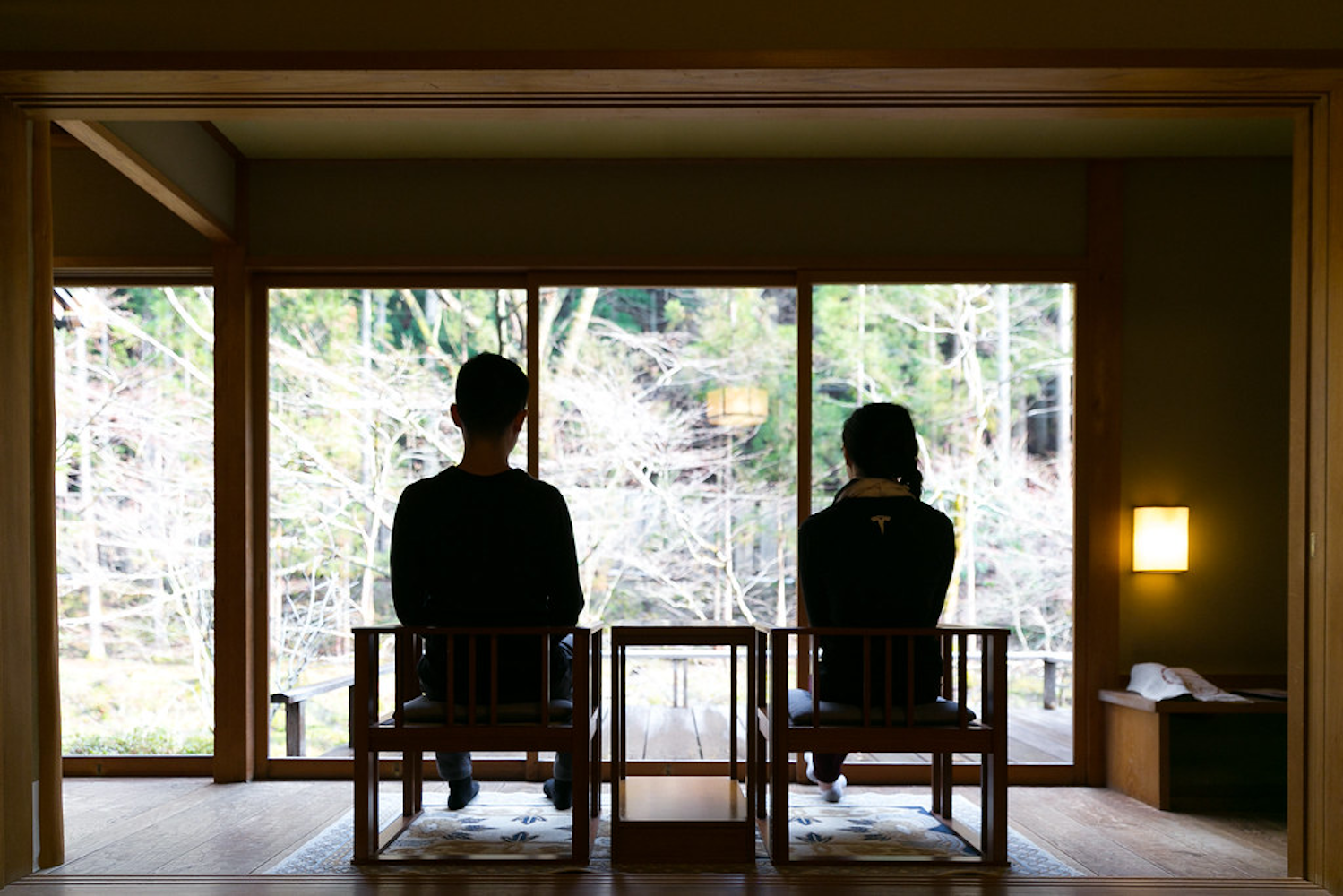
Not all ryokans in Tokyo are created equal. Some lean heavily into luxury, while others emphasize a more home-like, intimate atmosphere. When helping travelers choose, I always ask about their preferences—whether they're looking for authentic traditional cuisine, private baths, proximity to major landmarks, or something simpler and quieter.
My personal tip? If it's your first ryokan stay, opt for one that provides private baths. This makes your first-time experience comfortable, especially if you're unsure about using communal facilities.
Tokyo is just the beginning, of course. The ryokan experience often leaves travelers eager to explore other facets of Japanese culture. Combining your ryokan stay with visits to coastal regions, for instance, offers entirely different insights into Japan. To give you some inspiration, we have a guide about discovering hidden beach gems in Hokkaido that pairs beautifully with an urban ryokan visit.
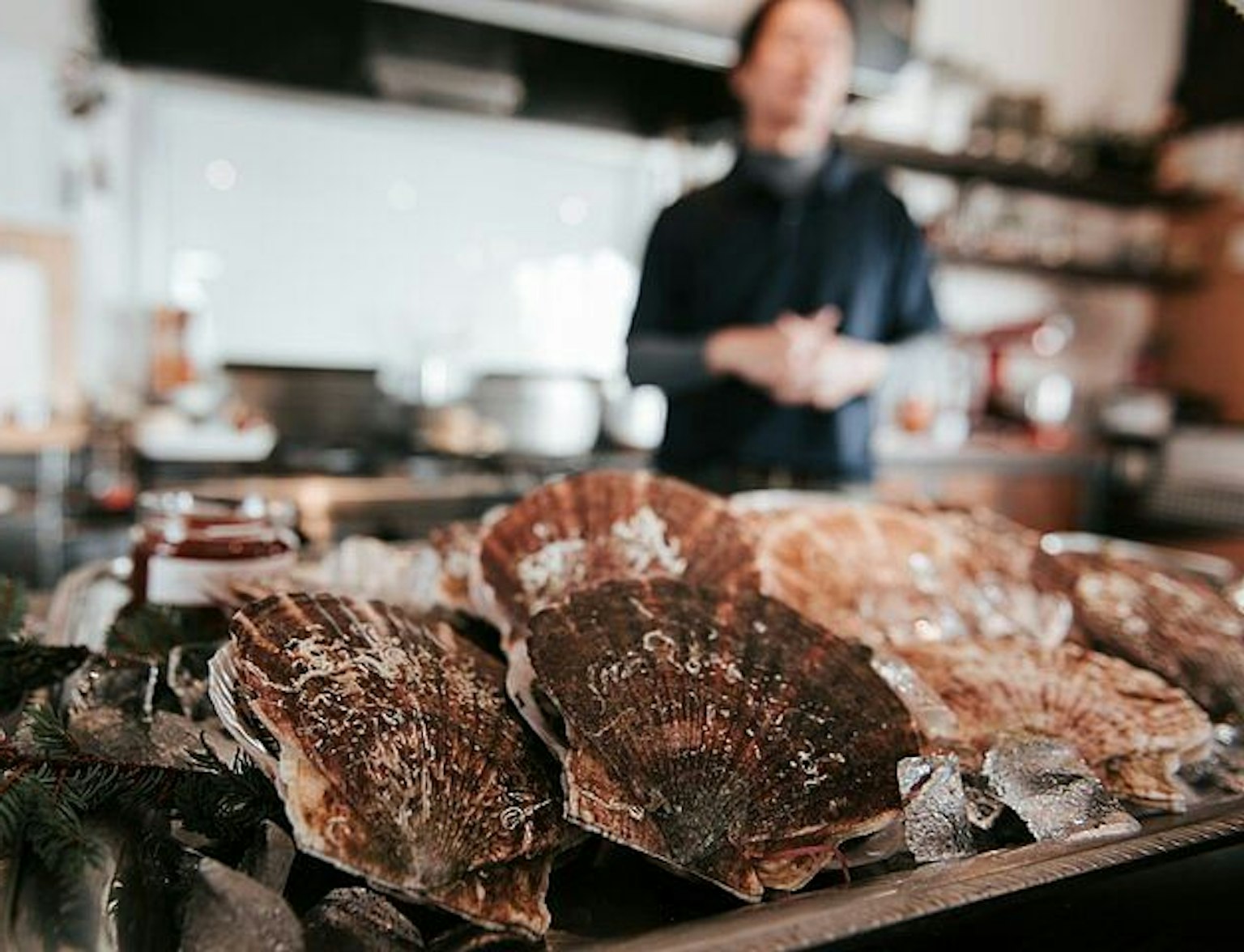
Discover the culinary secrets of Hokkaido at the HOKKAIDian Homestead.
When I talk about staying in a ryokan in Tokyo, one thing travelers often wonder is whether they'll truly experience authentic traditional hospitality within Japan’s largest city. After all, Tokyo is vibrant, bustling, and famously modern. Yet, some of the best traditional ryokans I've found are hidden gems right in the heart of the city, giving you the best of both worlds.
One remarkable example I always suggest to my clients is Hoshinoya Tokyo. It sits comfortably within Tokyo's skyscrapers, yet as soon as you step inside, you leave modernity behind. Think tatami rooms, futons, sliding paper doors, and even a soothing onsen bath. If you're curious about how traditional ryokans are adapted into urban settings, there's a fantastic article I came across that highlights how traditional ryokans have adapted to urban settings.
In these urban ryokans, I've found that traditional Japanese hospitality, known as omotenashi, is very much alive. It's all about anticipating guests' needs, from a freshly brewed cup of green tea waiting upon arrival to carefully prepared kaiseki dinners tailored to the season. Staying in an urban ryokan doesn't diminish the authenticity—it enhances the charm, especially when contrasted with the city’s modern atmosphere.
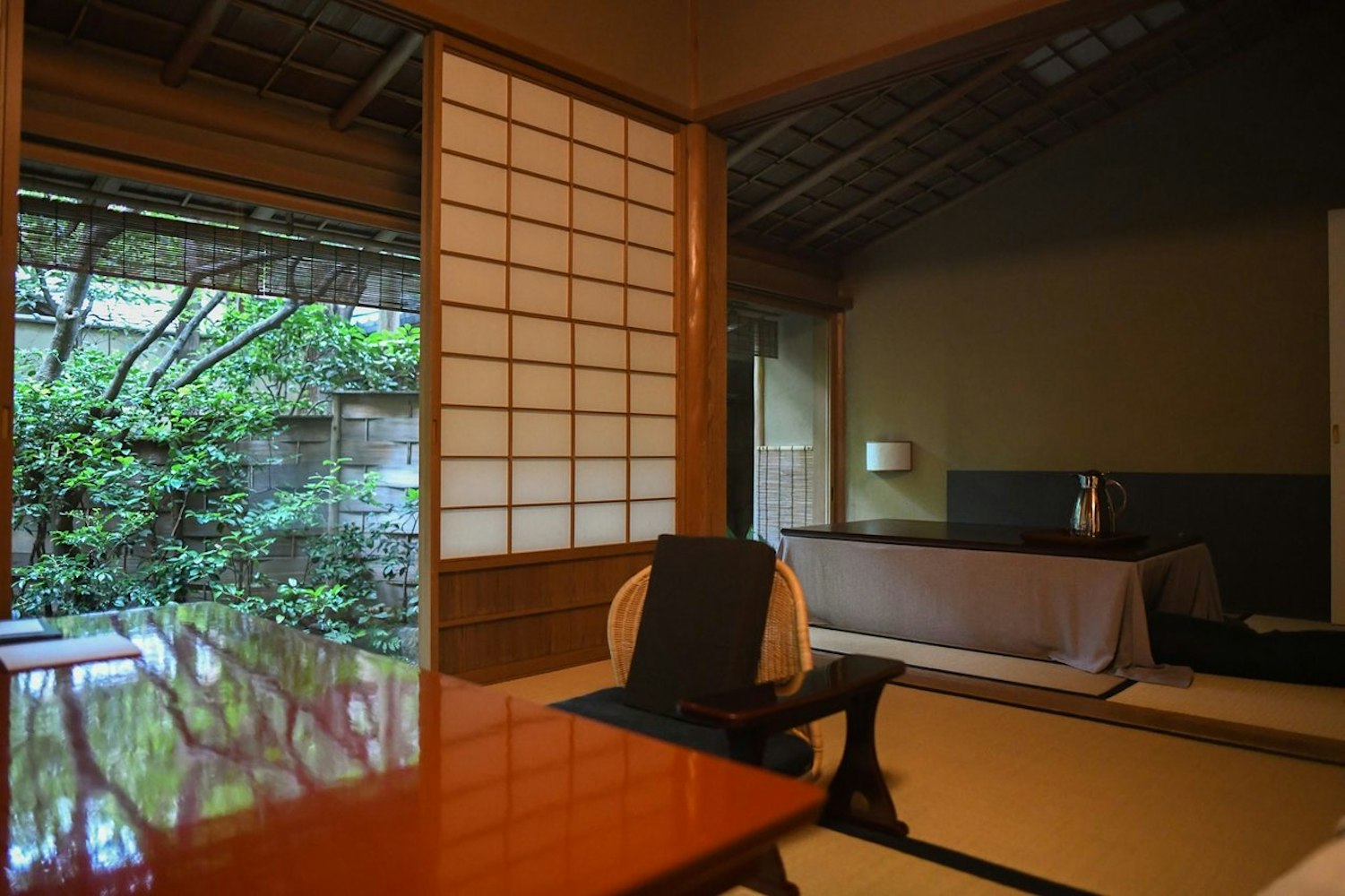
If you’re staying in a ryokan for the first time, there are some things to keep in mind that’ll make your stay smooth and enjoyable. First and foremost, you’ll take off your shoes at the entrance and exchange them for slippers provided by your hosts. But be aware—slippers never touch the tatami mats. I’ve heard stories from clients who found this practice unusual at first but quickly appreciated the cleanliness and peace of mind it offers.
Another thing I remind travelers about is the bathing etiquette. Many ryokans offer communal baths called onsen. Before you hop in, you’ll shower and clean yourself completely. No swimsuits, no towels in the water—just relax and soak up the calm. If you're feeling unsure about this, there’s a handy guide on Wikipedia that helps you understand the proper bathing etiquette. Believe me, once you experience the onsen tradition, it becomes one of the highlights of your trip.
Then there’s dining etiquette. Ryokans usually provide yukata (casual cotton kimonos) for guests to wear during their stay. I strongly encourage wearing it to meals—it’s part of the experience. Meals themselves are often served right in your room or in a communal dining area, with impeccable presentation that’s almost too beautiful to eat. Almost.
If you want more specifics, check out this helpful resource I often share from Visit Kinosaki that guides you on how to comfortably navigate the customs and practices typical at ryokans.
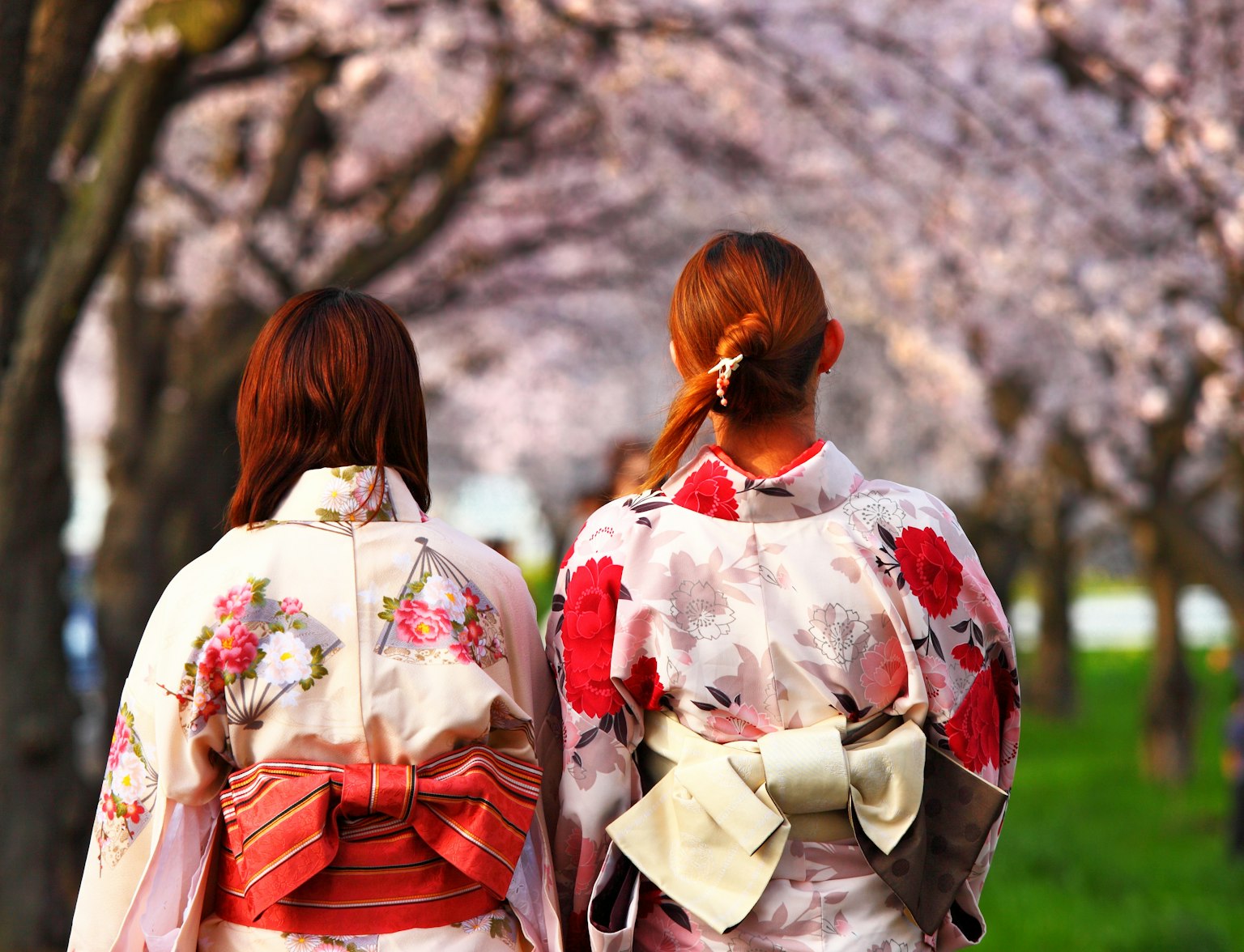
Experience the traditional art of kimono dressing and participate in an authentic tea ceremony guided by experts in a serene environment.
There’s a common misconception I hear frequently—that Tokyo ryokans lack authenticity simply because they're urban. From my experience, the authenticity isn't lessened; rather, the experience evolves slightly to blend modern conveniences with traditional comfort. You might get Wi-Fi and air conditioning along with your futon and tatami mats, but you’ll still feel immersed in Japanese tradition. It's exactly what many travelers, particularly Americans, appreciate about staying at a ryokan in Tokyo.
Another aspect visitors overlook is how easily a ryokan stay can complement other adventures in Japan. For instance, after enjoying traditional hospitality in Tokyo, you can seamlessly extend your journey. One trip I frequently recommend is our 10-day self-travel trip to Tokyo, Hakone, Kyoto, Nara, and Osaka. It perfectly combines a traditional stay with exploring multiple iconic destinations.
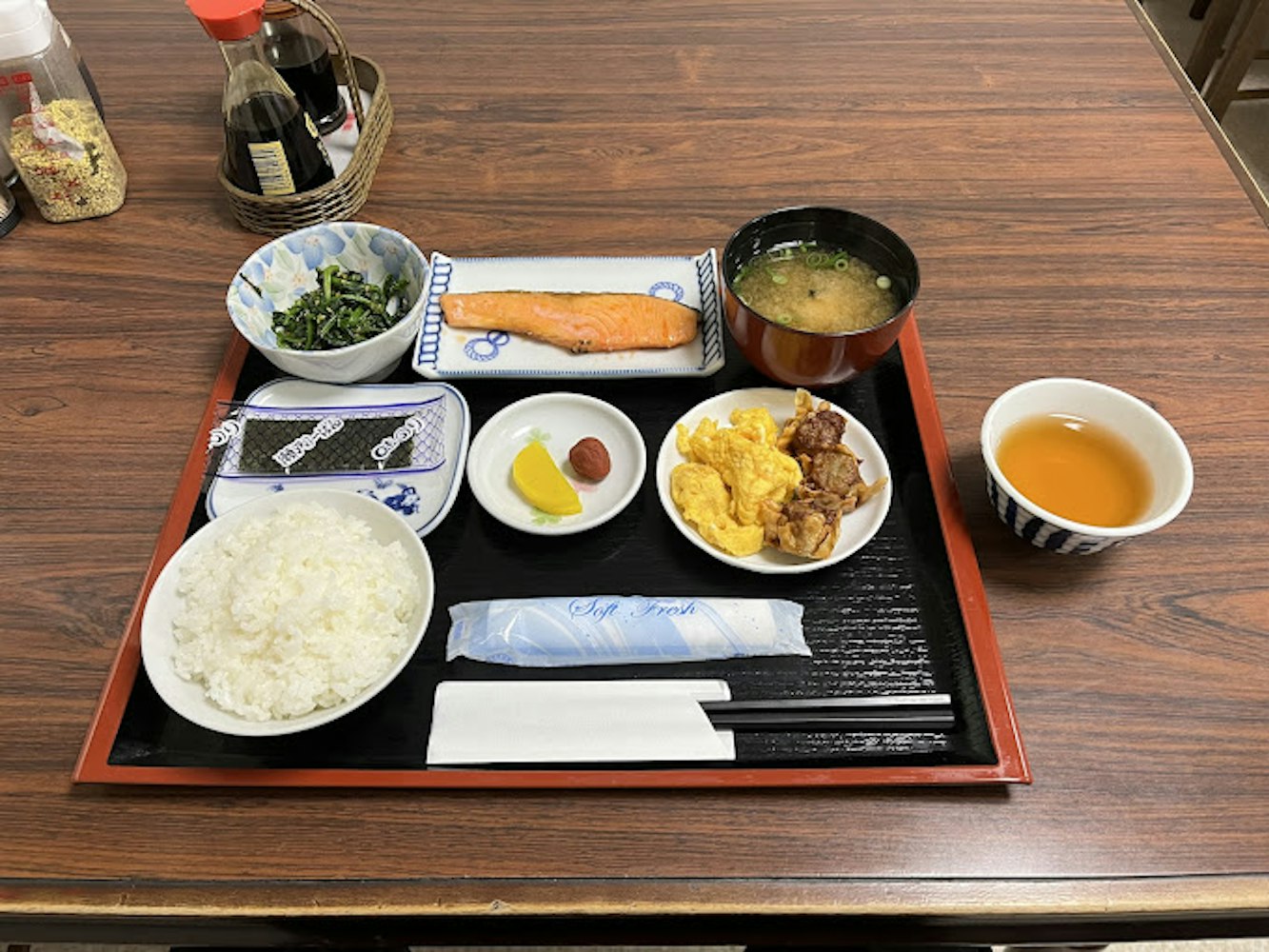
Beyond simply booking a room, consider adding experiences that make your ryokan stay truly unforgettable. Participate in a tea ceremony, take a lesson in traditional flower arranging (ikebana), or learn calligraphy from a local expert. These cultural interactions deepen your understanding and appreciation of Japan’s rich heritage. And don’t forget—ryokans often help organize these experiences, making it incredibly convenient.
For travelers visiting Japan during winter, a ryokan stay can be particularly magical. There's nothing quite like enjoying hot springs when it’s cold outside or savoring a hearty seasonal meal in your cozy tatami room. If winter travel sparks your interest, our curated 14-day Japanese winter experience includes opportunities to enjoy traditional ryokan stays while exploring seasonal beauty across the country.
So, can you stay in a traditional ryokan in Tokyo? Absolutely. And not only can you, but you really should. It’s the perfect way to slow down, enjoy authentic hospitality, and gain a deeper appreciation for Japanese traditions—even in the heart of one of the world’s busiest cities. Tokyo ryokans offer a beautiful contrast, allowing you to explore dynamic city life by day and retreat into tranquil authenticity by night.
Whenever my clients ask about staying in a ryokan in Tokyo, I always encourage them to embrace the experience wholeheartedly. It’s genuinely one of the best ways to truly understand and appreciate the warmth and depth of Japanese culture.
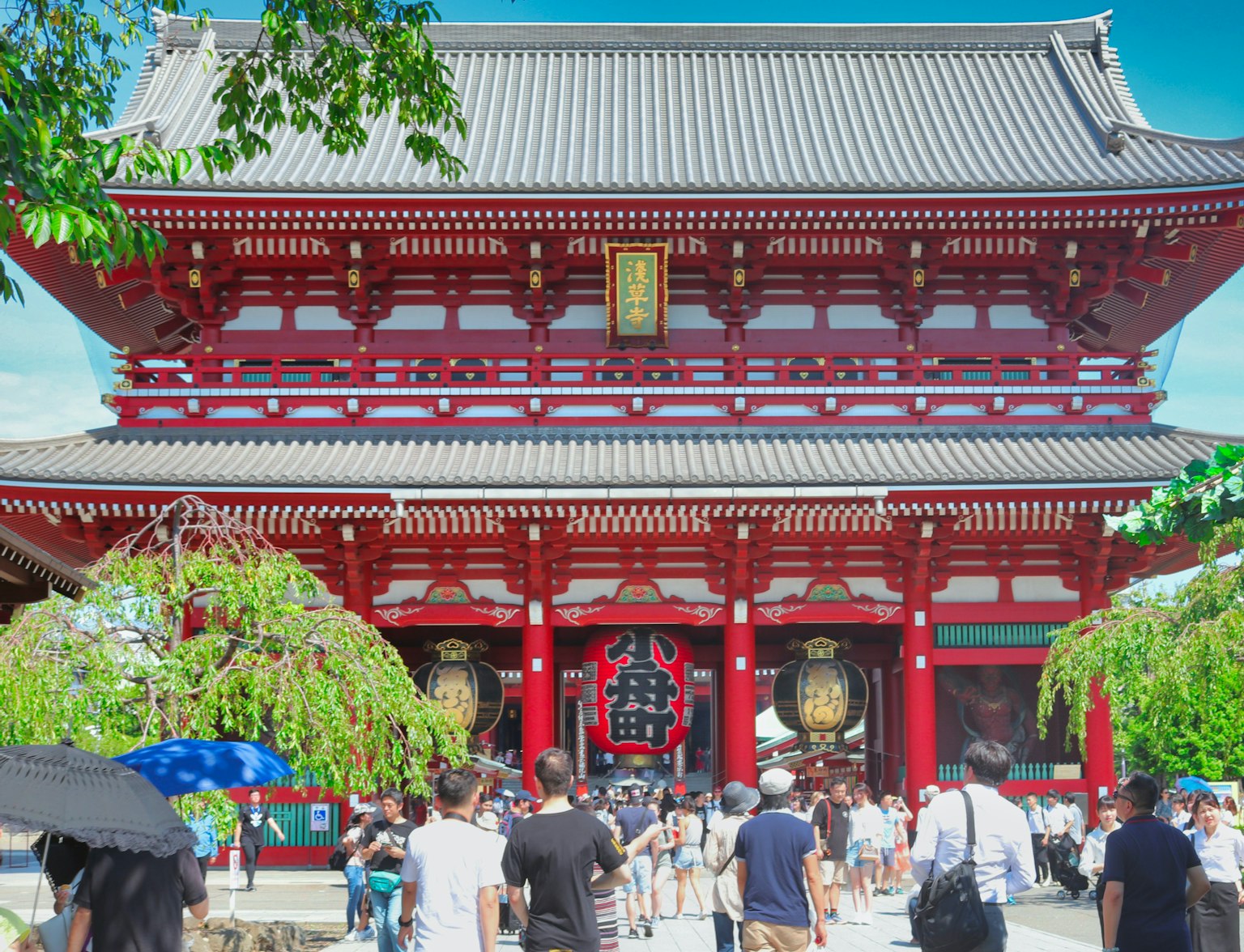
Discover Tokyo's rich tapestry of tradition and modernity on our immersive half-day tour.

